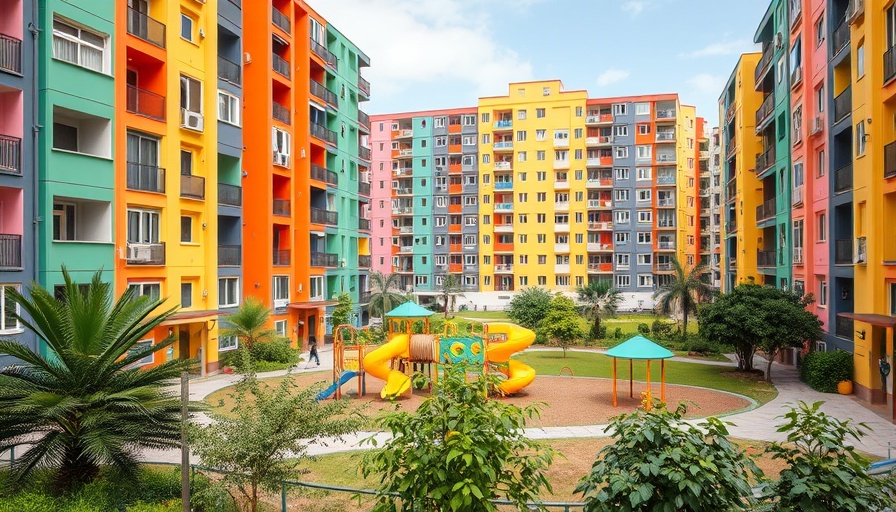
Santa Cruz Celebrates New Affordable Development
Cienega Heights, a new affordable housing project in Santa Cruz County, has opened its doors, bringing 80 much-needed apartments to the region. Out of these, 39 homes are specifically set aside for farmworker families, designed to support residents earning between 30-60% of the Area Median Income (AMI), which translates to approximately $38,040-$108,660 based on household size. This initiative reflects a collaborative effort involving local government, public and private-sector partners, all dedicated to creating stability and opportunities for working families.
A Community-Driven Approach
This grand opening marks the second phase of a larger effort by MidPen Housing to provide affordable residences on nearly 15 acres of land. The first phase, completed in 2018, included the Pippin Orchards Apartments. Cienega Heights features amenities like a community room, a learning center, and an outdoor amphitheater, aimed at fostering a sense of community among residents. The development also boasts sustainability features, such as solar panels and water-efficient irrigation systems, making it a model for environmentally conscious living.
Impact on Local Families
Local leaders, including Santa Cruz County Supervisor Felipe Hernandez, have expressed their enthusiasm about the project. Hernandez emphasized how critical it is for families to be able to live close to where they work, further supporting the local economy. Gustavo Velasquez, Director of the California Department of Housing and Community Development, echoed this sentiment, underscoring the need for affordable housing to alleviate the burden on those working in low-wage jobs.
Support from the Community
With financing from several local and state agencies, as well as private partnerships, Cienega Heights stands as a testament to what collaborative efforts can achieve. According to Matthew O. Franklin, President and CEO of MidPen Housing, this project is not just about providing housing; it’s about welcoming families—especially those working in essential roles within the community.
Next Steps and Community Engagement
The completion of Cienega Heights is an encouraging step in addressing affordable housing shortages, not just in Santa Cruz, but across California. As residents move in, the focus will remain on creating lasting community ties and ensuring that families have access to vital services and support. These initiatives highlight the importance of local engagement in solving housing challenges, emphasizing that affordable housing is critical for the health and future of communities.
 Add Row
Add Row  Add
Add 




Write A Comment